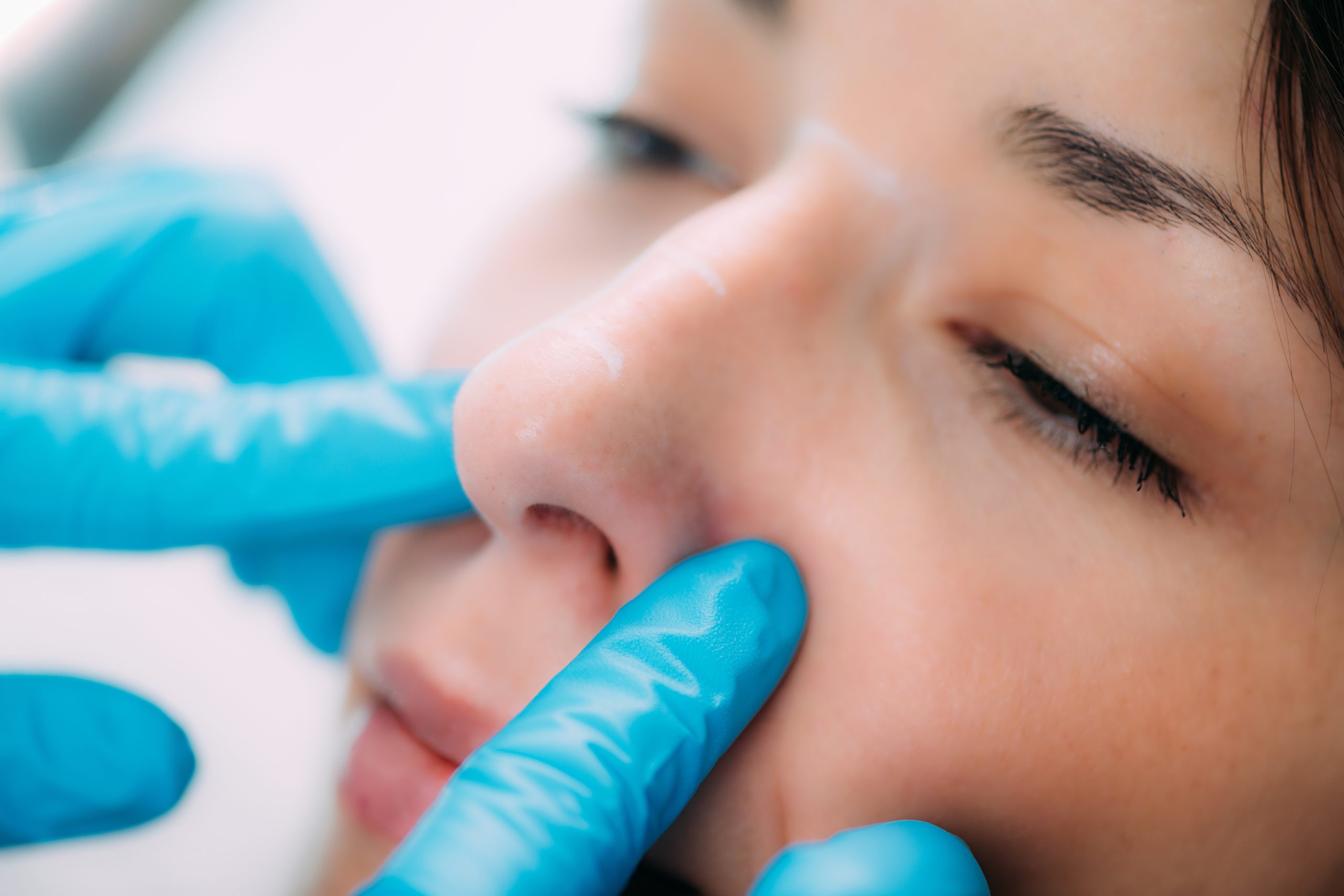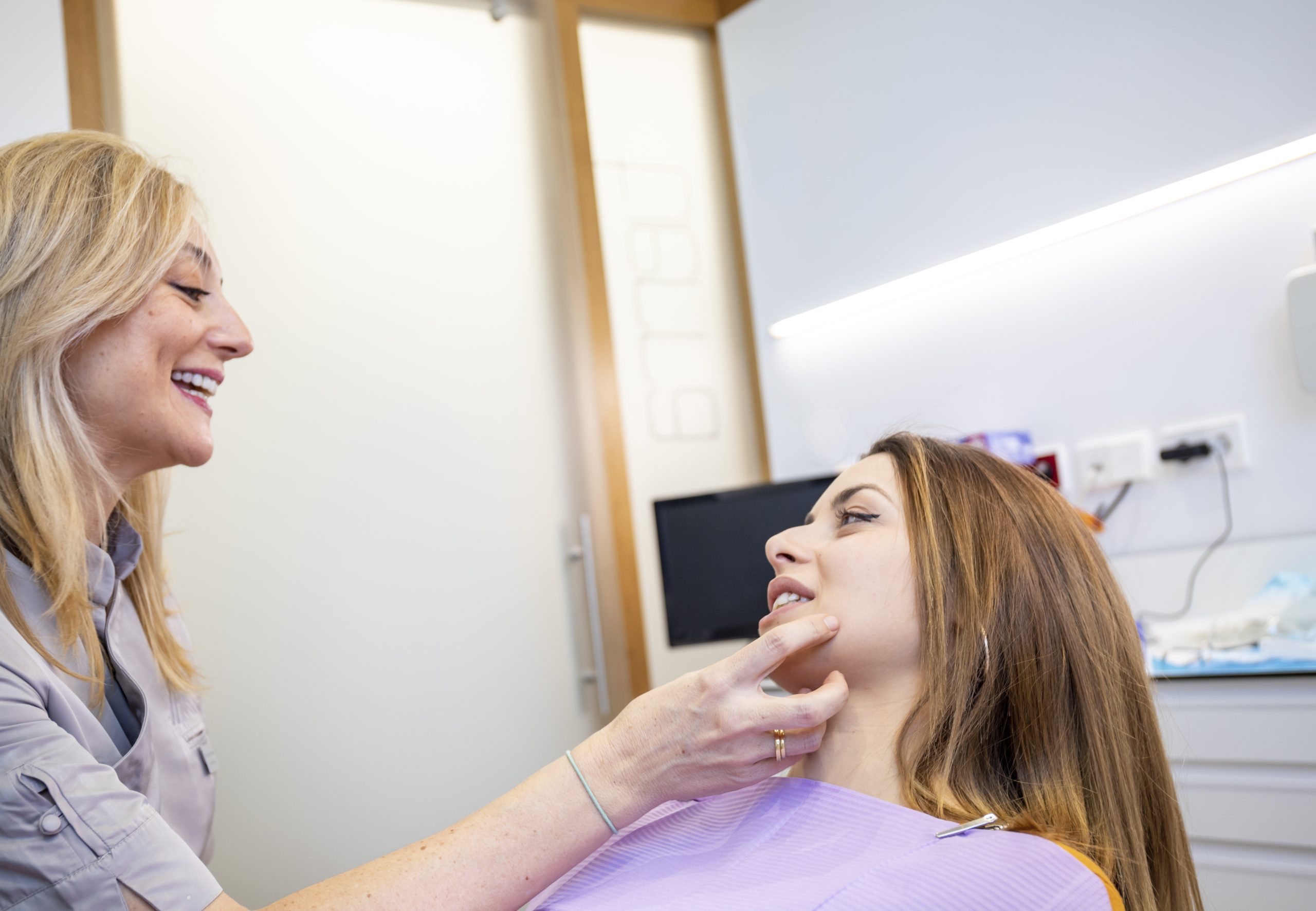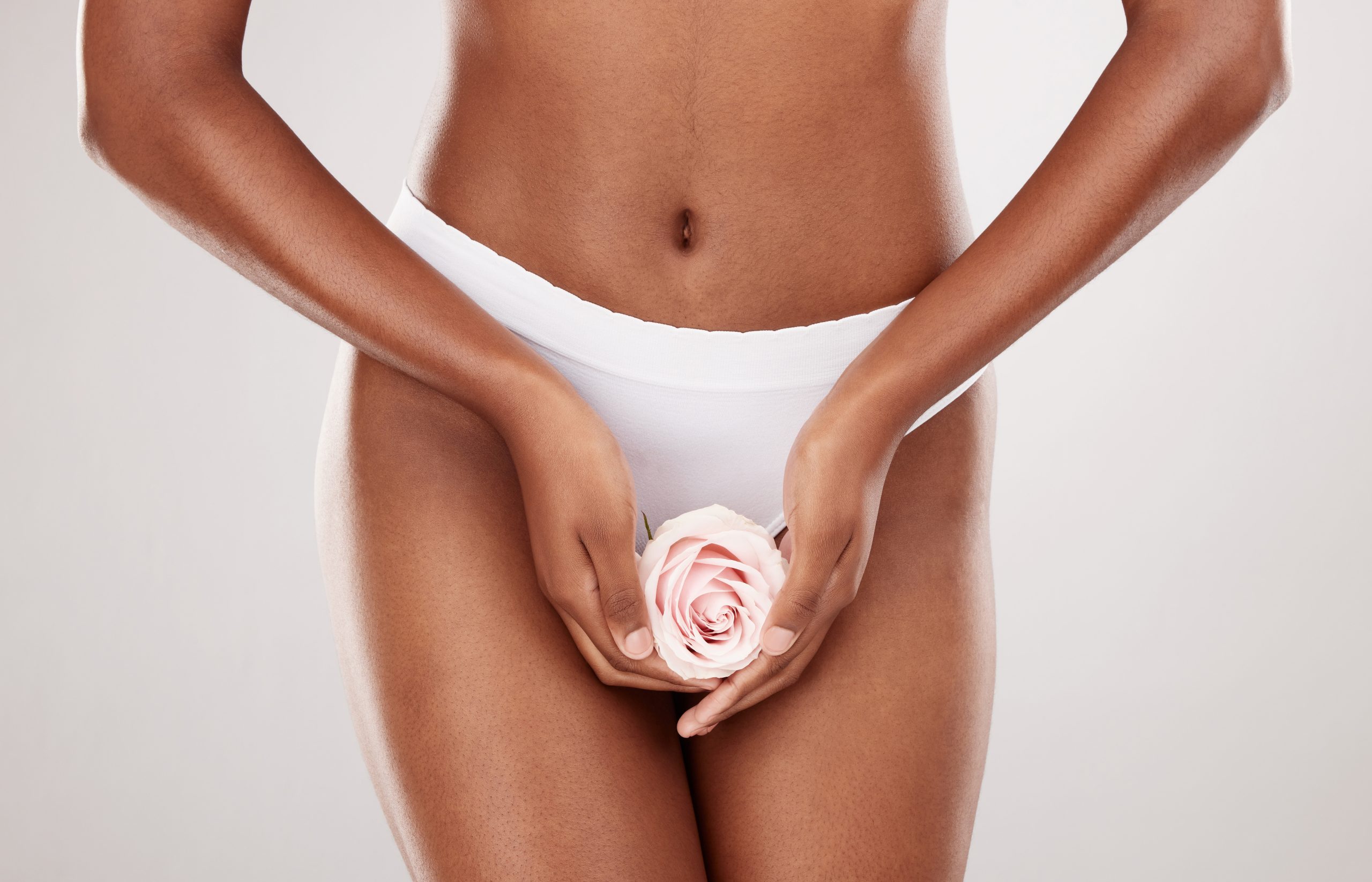
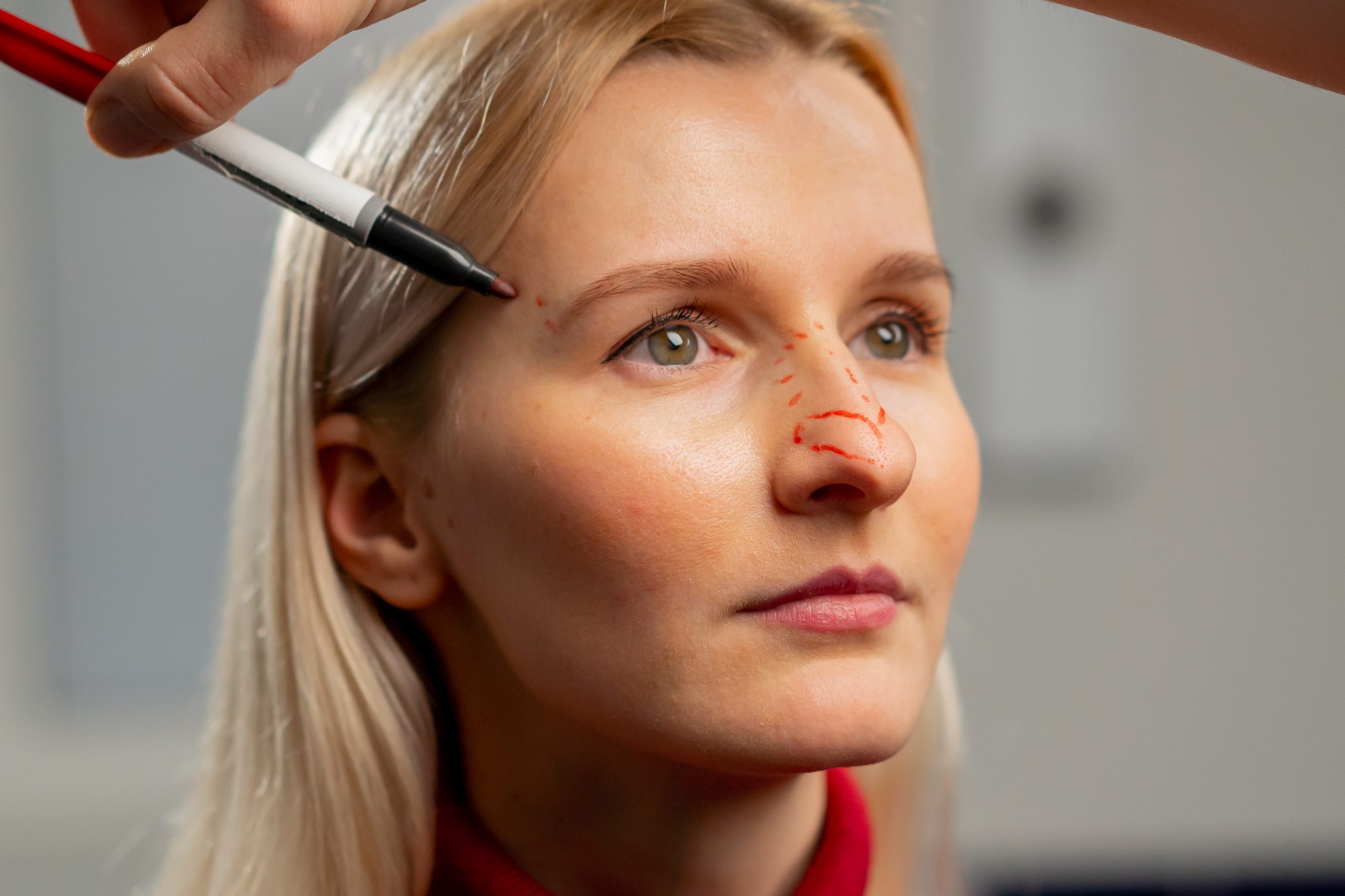
The Recovery Process After Rhinoplasty: What You Need to Know
< Blogs < The Recovery Process After Rhinoplasty: What You Need to Know
Here’s all you need to know about the recovery process after Rhinoplasty:
Immediate Post-Op (0–2 Days)
- Splint & Bandages
You’ll leave surgery with a small nasal splint on the outside and some small gauze pads that can be tied around the head to position under the nose. No internal nasal packing will be placed, so you will be able to breathe through the nose immediately. Expect swelling, mild pain, and mild bruising around the eyes—normal in the first 48 hours. - Pain Management
Pain is typically mild and controlled with prescribed tablets to take home. Avoid aspirin, which may cause bleeding. - Head Elevation & Cold Compresses
Keep your head elevated (extra pillows or a wedge pillow help) and apply cold packs to ease swelling and bruising. Piezo technology used at Adnova (the only clinic to provide this in Hampshire), will result in much more rapid healing, swelling, bruising than normally seen.
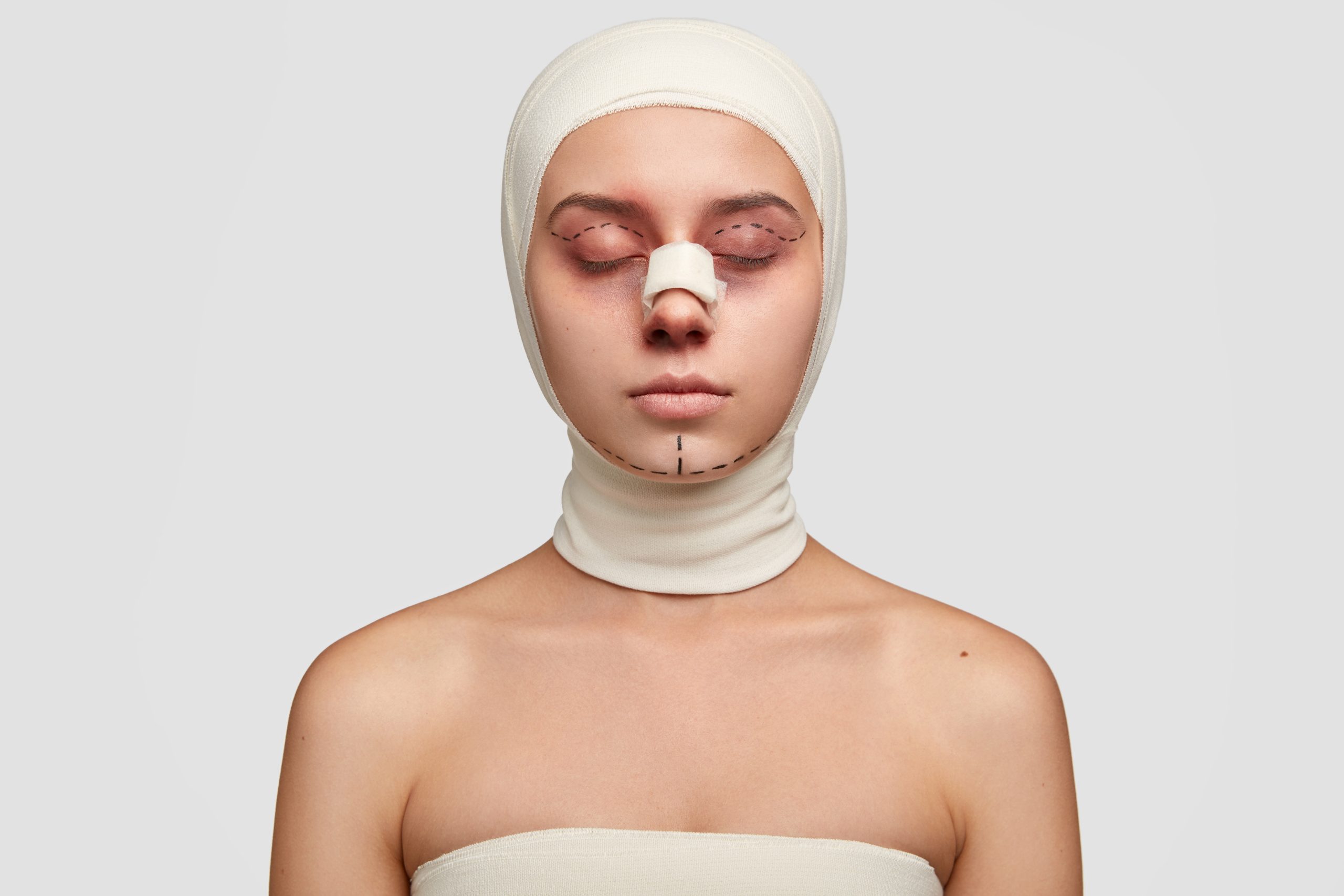
Short-Term Healing (1–2 Weeks)
- Splint removal
Typically, the splint and bandages come off around day 7–10. This reveals the early shape, but expect some persistent swelling. All sutures used are dissolvable. - Nasal Care
Gently cleanse with saline, avoid forceful blowing, don’t remove crusts by yourself, and hold off on nasal cosmetics for a fortnight. - Activity & Lifestyle
Rest, minimal movement. Light walks are fine, but avoid bending, heavy lifting, and strenuous exercise. Avoid very hot or steaming drinks/food. - Skin & Sun Protection
Some mild swelling and minimal bruising are common; wait until bandages are off to apply makeup. When outdoors, use sunscreen and/or a hat. - Avoid alcohol
Avoid alcohol for the first few weeks and do not smoke or vape. Eat healthily to promote wound healing.
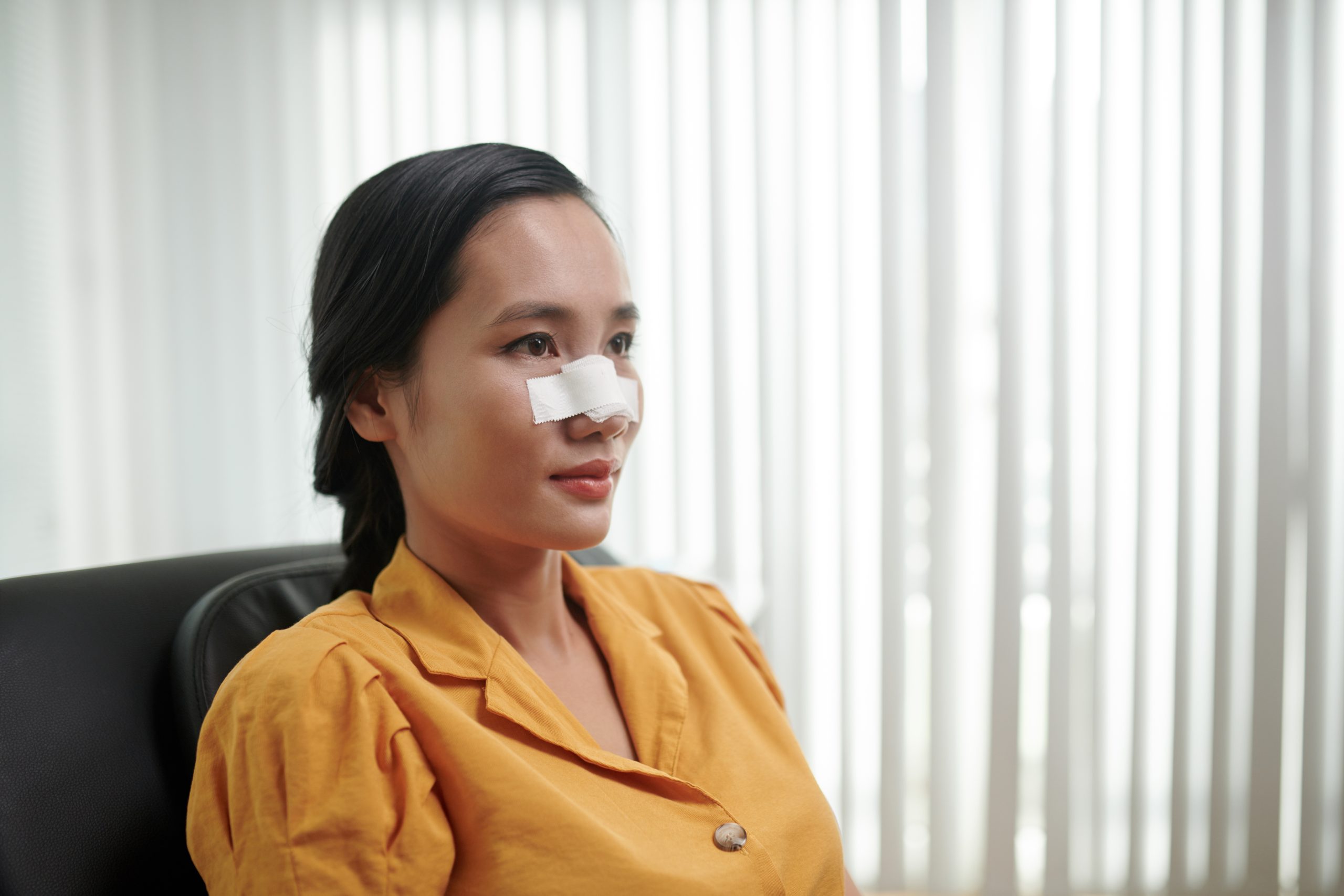
Medium-Term Recovery (Weeks 3–8)
- Swelling Subsides Gradually
Most swelling fades by week 3–4, but “tip puffiness” may linger into weeks 5–8. - Lifestyle Tweaks
Hydrate well, eat nutrient-rich foods (lean proteins, vitamins A/C, zinc), and maintain quality sleep. Avoid salt, smoking, alcohol, and environmental irritants. - Physical Activity
Light exercise (walking, gentle yoga) can resume by week 4–6. Avoid contact sports and heavy workouts for at least 8 weeks. - Nasal Protection
Sunglasses? Fine after 4 weeks but avoid pressure to prevent accidental bumps.
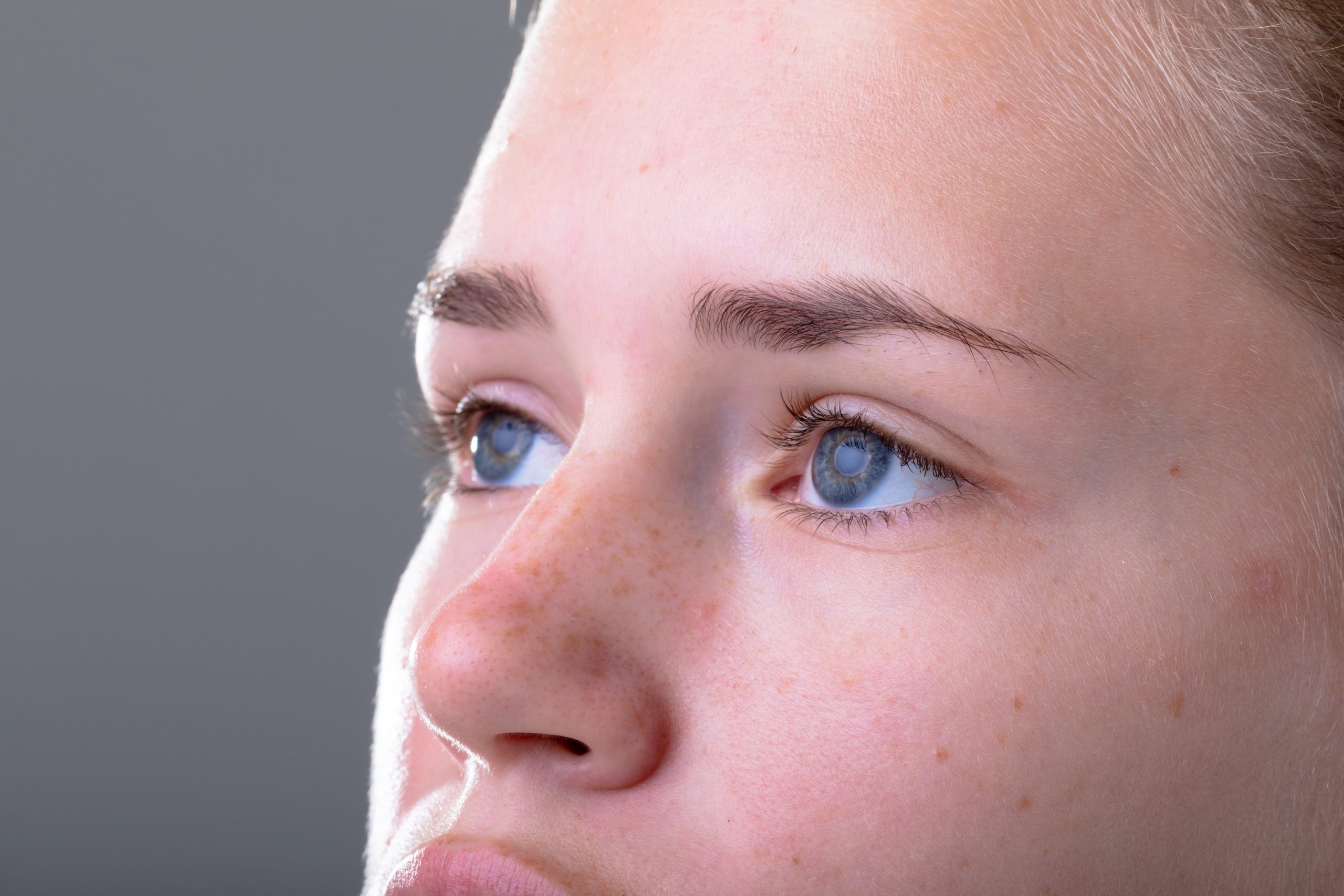
Long-Term Healing (3–12+ Months)
- Refining the Shape
Expect subtle changes in nasal contours as scar tissue settles. Some residual swelling may persist up to a year, final results emerge between 6–12 months. - Follow-Up Appointments
Your surgeon will see you at 1 week and 3 months. - Psychological Resilience
Healing is not just physical. Many patients experience anxiety or impatience as the nose transitions. Time is important in the recovery process.
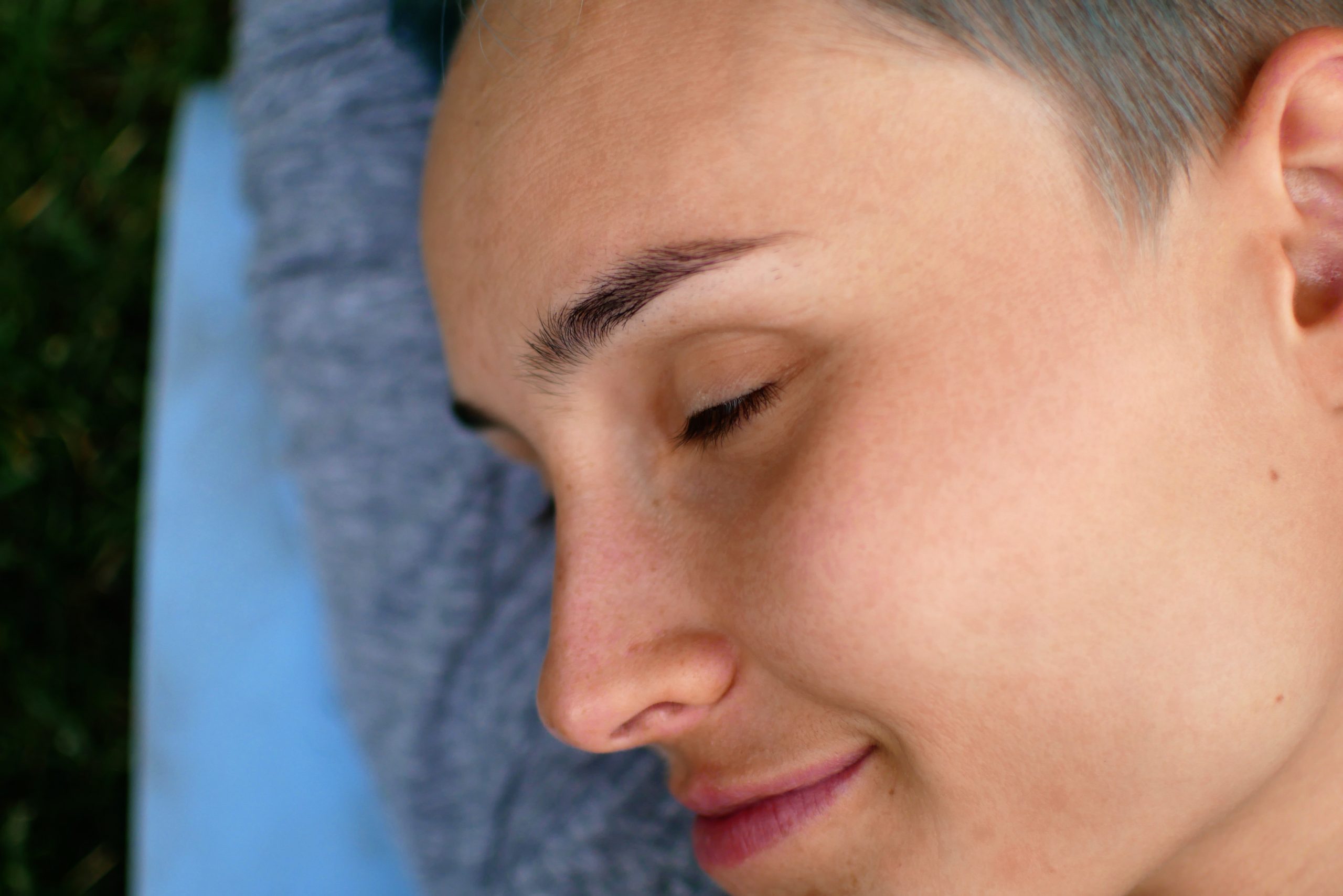
Your Recovery Roadmap at a Glance
| Phase | What to Expect | What to Do |
| 0–2 days | Splint, swelling, bruising | Rest upright, cold compresses, mild medication, no nose-blowing |
| Week 1–2 | Splint off, reveal starts, swelling continues | Gentle nasal care, light walking, head elevation, avoid strain, sunscreen |
| Week 3–8 | Most swelling gone; tip still swollen | Balanced diet, hydration, moderate activity, avoid impact/exposure |
| 3–12 months | Final shape emerges, residual swelling possible | Surgeon review, emotional support, patience |

Tips for a Smoother Recovery
- Prepare Beforehand – Set up a recovery space with pillows, soft foods, cold packs, and easytouse medication.
- Supplements – Proceed With Caution – Some use arnica or bromelain to ease swelling, though evidence is mixed and these medications can cause other problems. We would suggest avoiding these.
- Mental Health Matters – Expect emotional ups and downs. Lean on loved ones, stay informed, journal progress, or talk to others who have been through it.
- Plan Ample Time Off – Desk-based work may resume in a week; physical jobs might need several weeks. No contact sports for a few months.
- Stay Sun-Savvy – Sun exposure can accentuate swelling or discoloration. Use SPF and shade.
- Be Patient & Realistic – Avoid idealising perfection. Thick skin or complex structural work often means slower changes, but improvement does come over time.
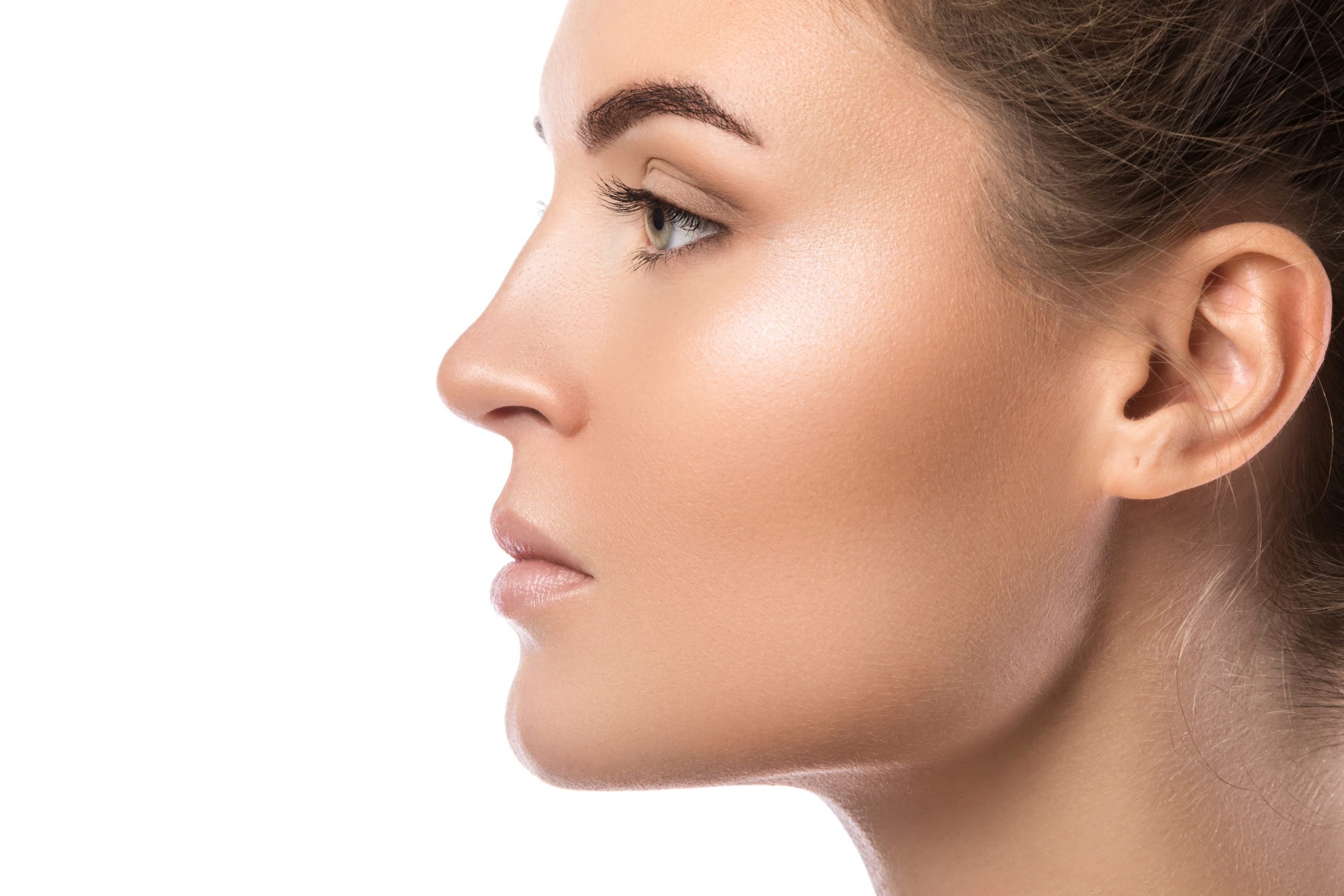
Final Thoughts
Rhinoplasty recovery may feel slow or emotionally taxing, but each stage marks progress toward your goal. Trust your surgeon’s guidance, stay gentle with yourself, and prepare for a gradual transformation, both in appearance and confidence.

